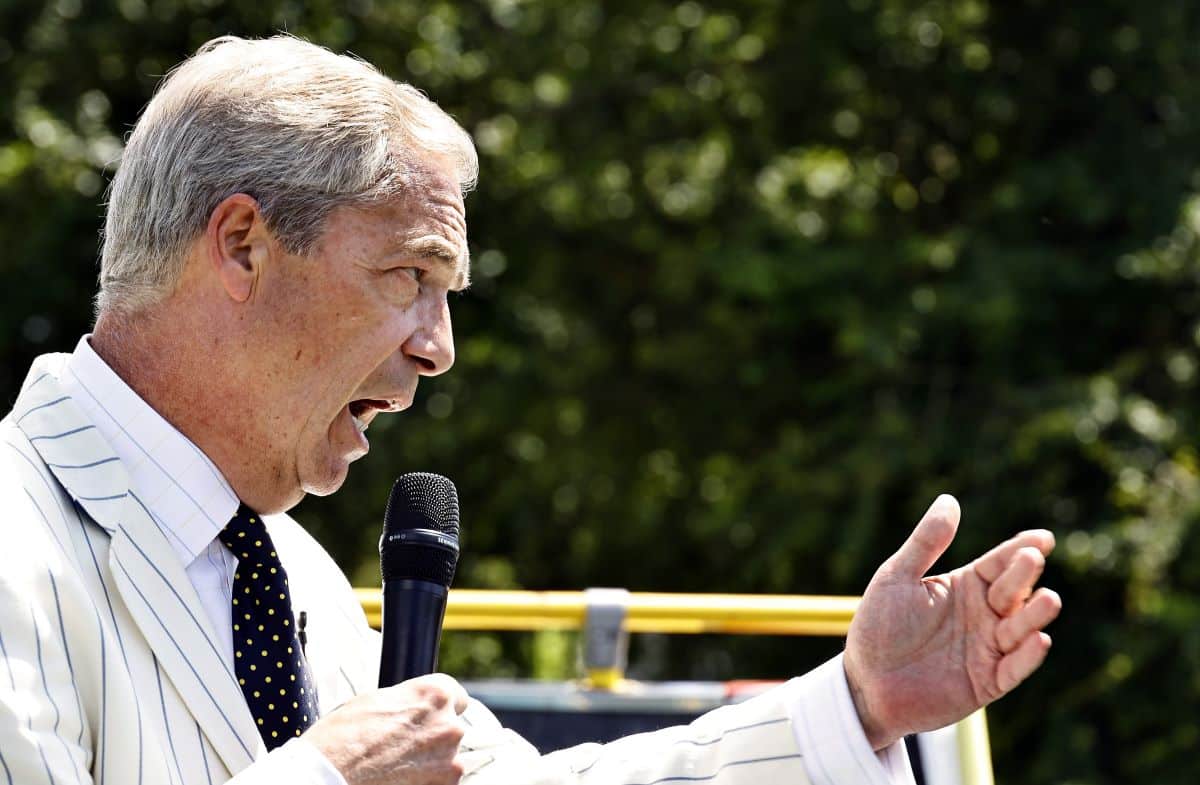Reform UK has faced intense scrutiny and demands for proof of candidate authenticity amid allegations of fake candidates and AI-generated images. Here’s the full story.
Strange Revelation in UK Politics
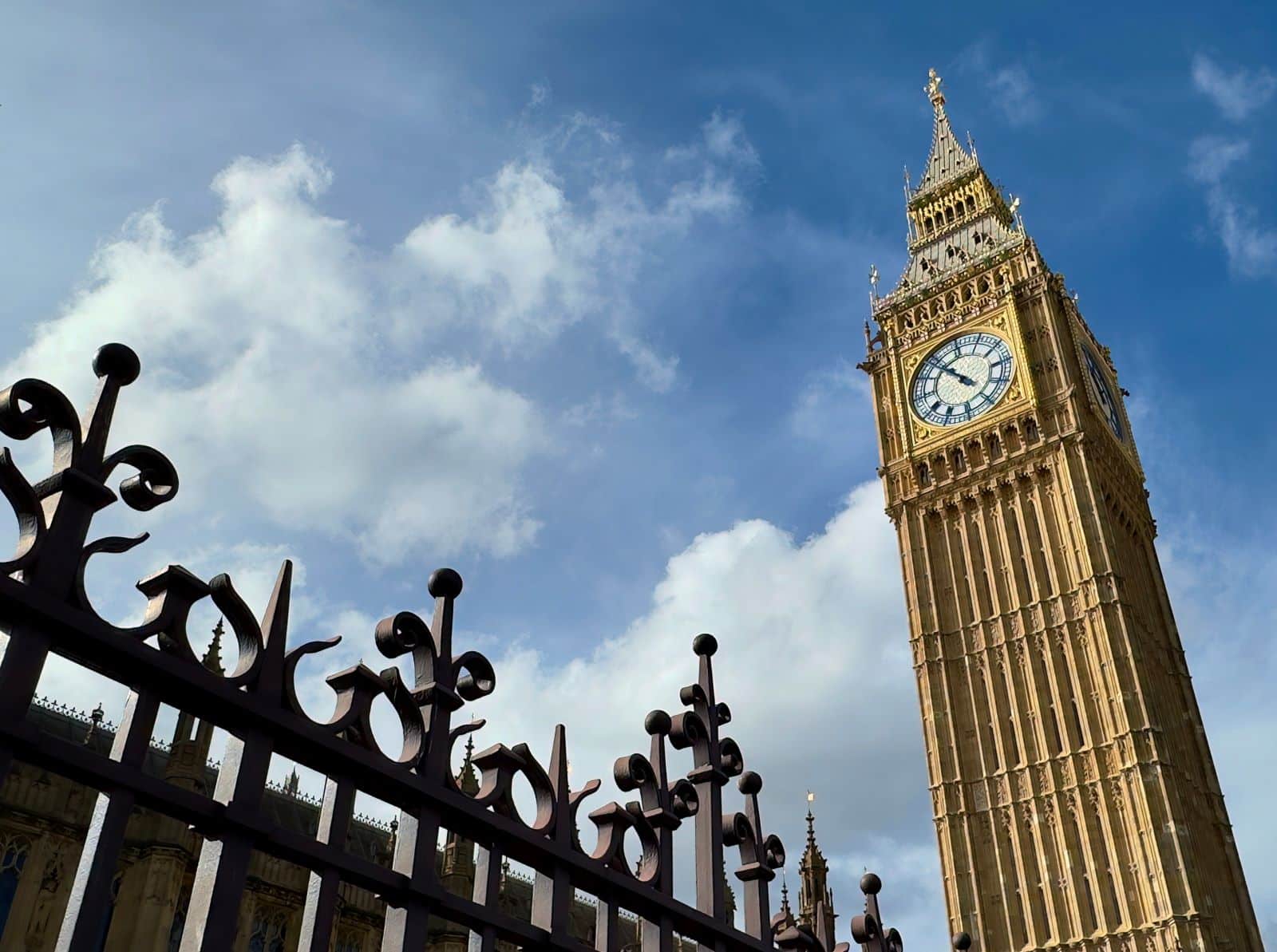
Just when you thought the UK politics had calmed down after a frantic general election campaign, something strange came to light. Nigel Farage’s Reform UK party has come under scrutiny after the Guardian raised severe concerns about the authenticity of some of its candidates in the recent general election.
Candidate Authenticity Questioned
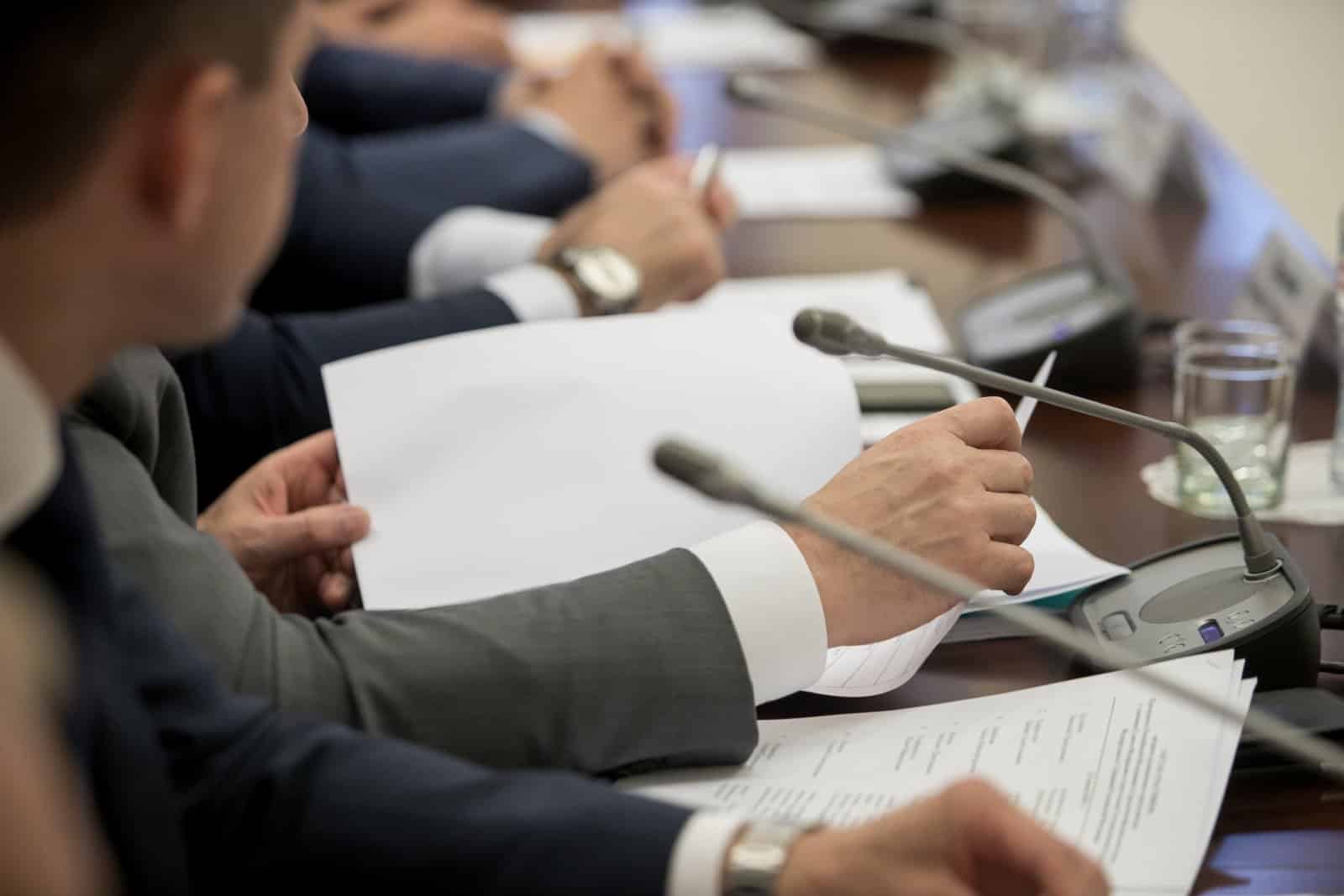
Allegations have emerged that certain candidates provided minimal information, lacked any kind of online presence, and did not participate in campaign activities. This has prompted questions from political rivals and accusations that some of the candidates might not be real but are, in fact, AI representations.
Serious Doubts Arise
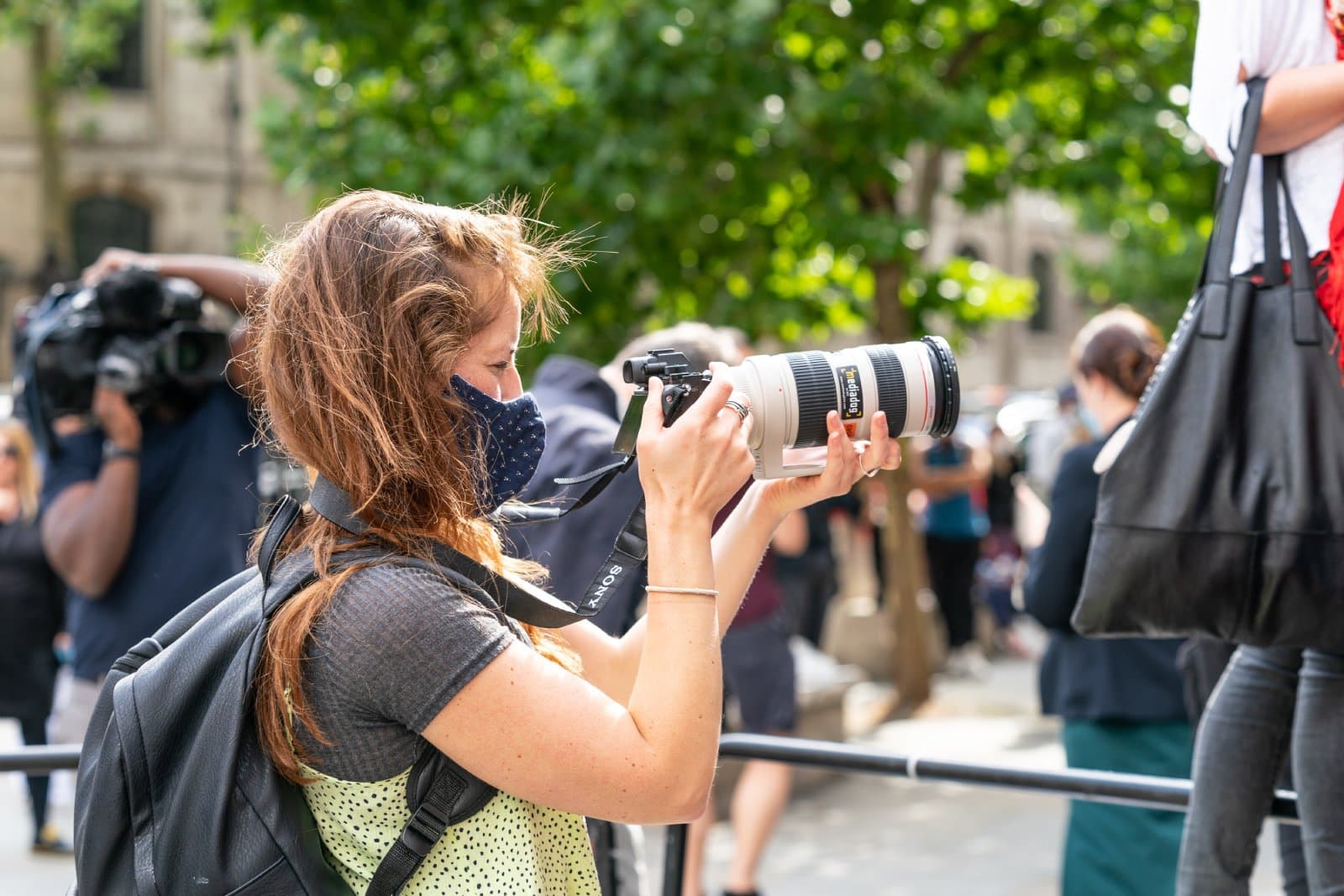
Reform UK fielded 609 candidates, but serious doubts have arisen about the legitimacy of several who offered no photographs, biographies or contact details. One candidate in particular, Mark Matlock, a candidate for Clapham and Brixton Hill, came under intense scrutiny on social media after people began to claim that his photo was not a real person but an AI.
Call for Transparency
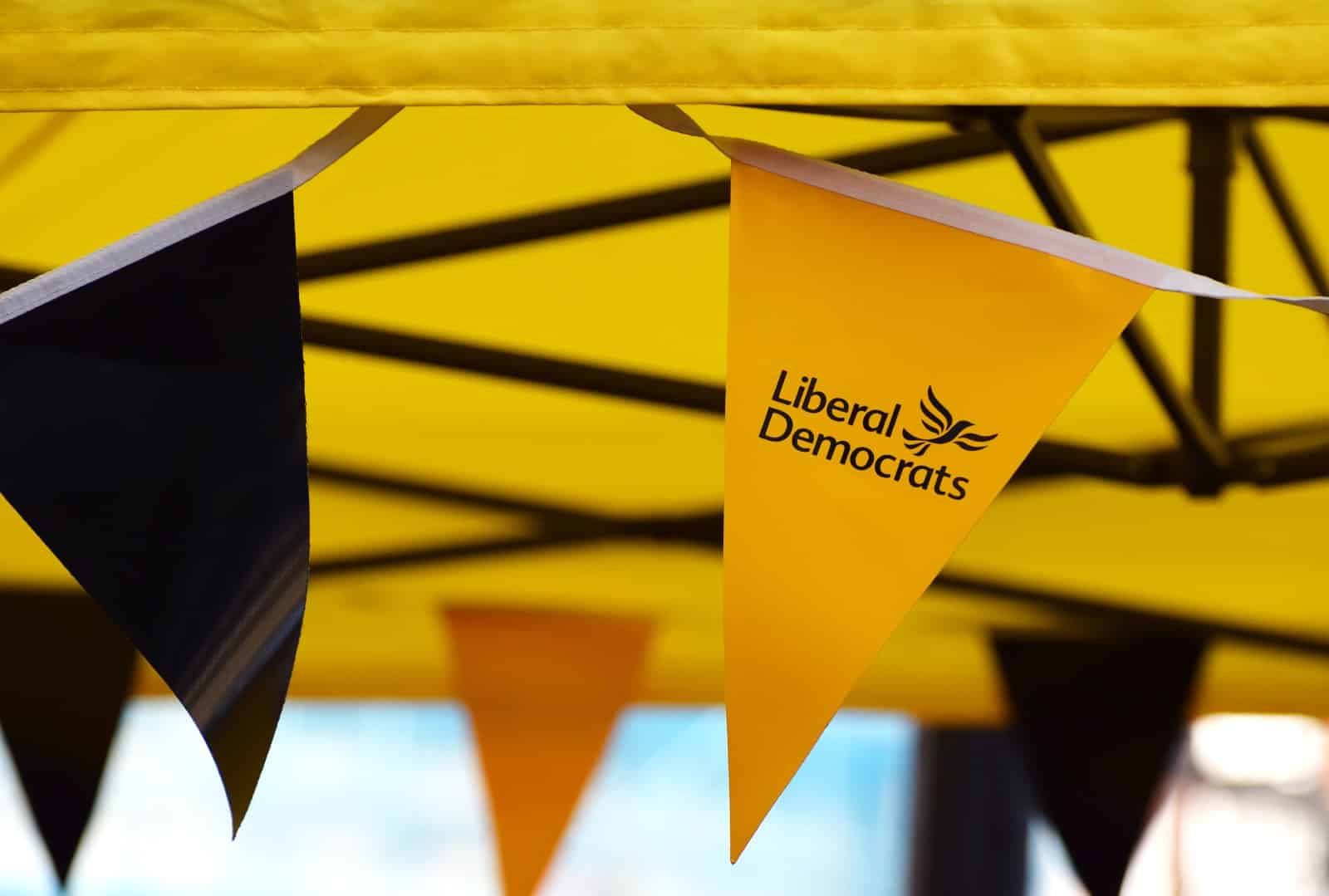
Following the shocking news, a Liberal Democrat source anonymously told the Guardian, “This doesn’t sound right and Reform should come clean with evidence. We need Reform to show who they are. People need to have faith in the democratic process.”
Electoral Rules and Suspicions
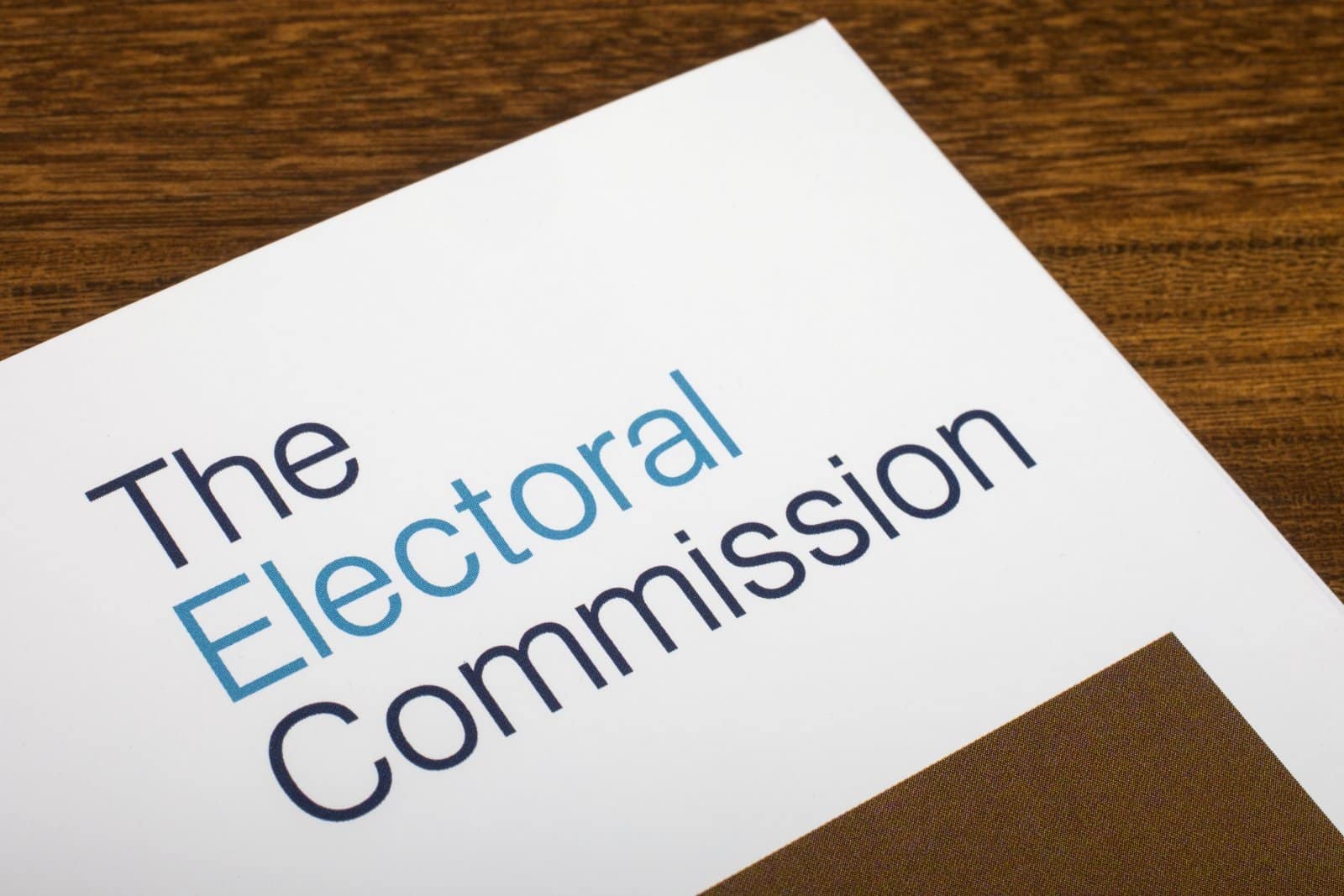
Under current electoral rules, candidates are only required to provide their full name and constituency and be nominated by ten local voters. However, the lack of additional information and the absence of many Reform UK candidates from campaign events have fueled suspicions.
Absent Candidates at Counts

Photographs from electoral counts showed some Reform candidates as the only individuals not present, further deepening concerns.
Reform UK Defends Authenticity
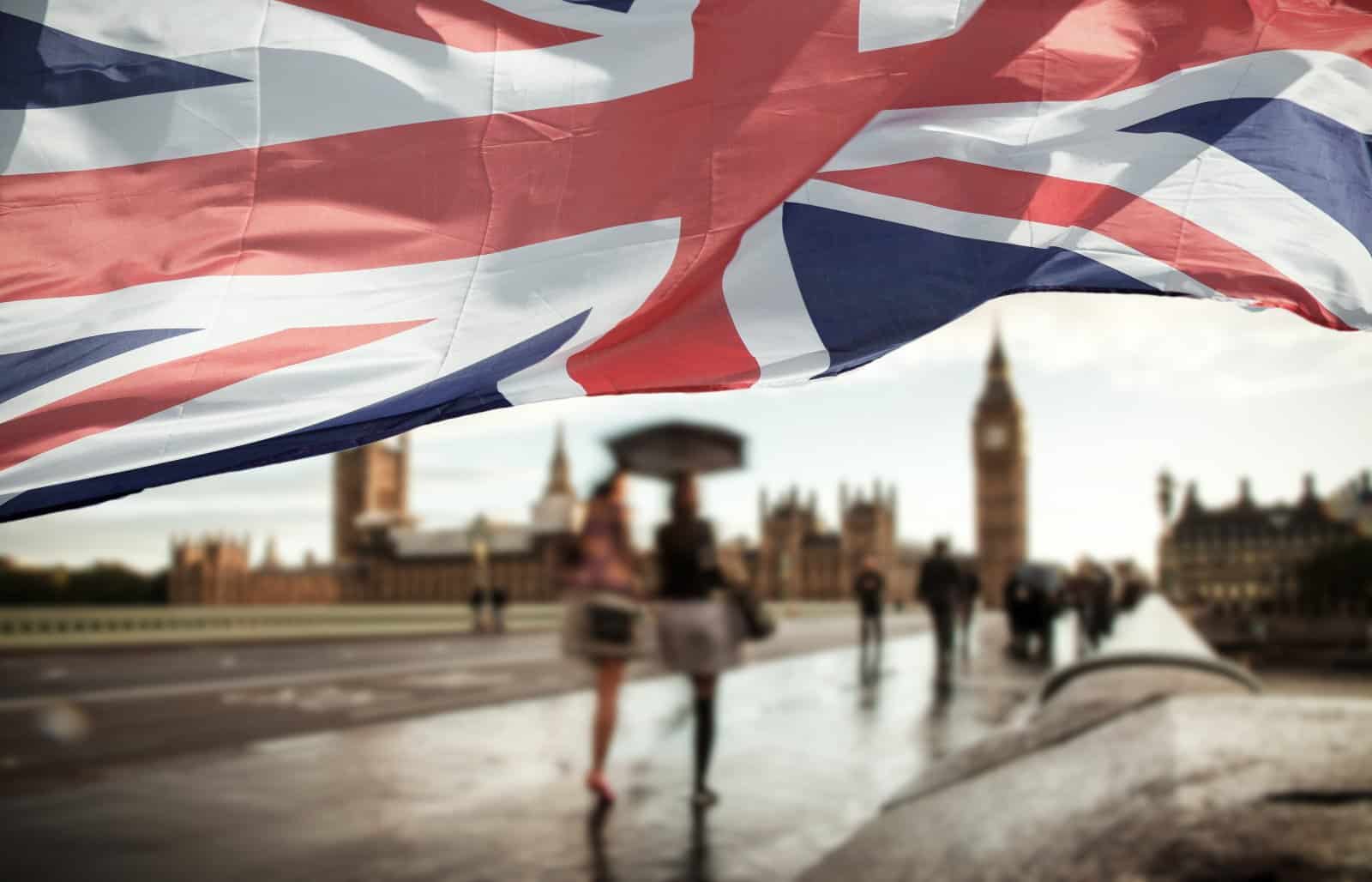
Reform UK has staunchly defended the authenticity of its candidates. A party spokesperson stated, “All our candidates are categorically real. Given the rush, a few are just paper candidates and didn’t campaign. Some people began as paper candidates but then did campaign, and one of these – James McMurdock in South Basildon and East Thurrock – ended up winning his seat.”
Mark Matlock Case
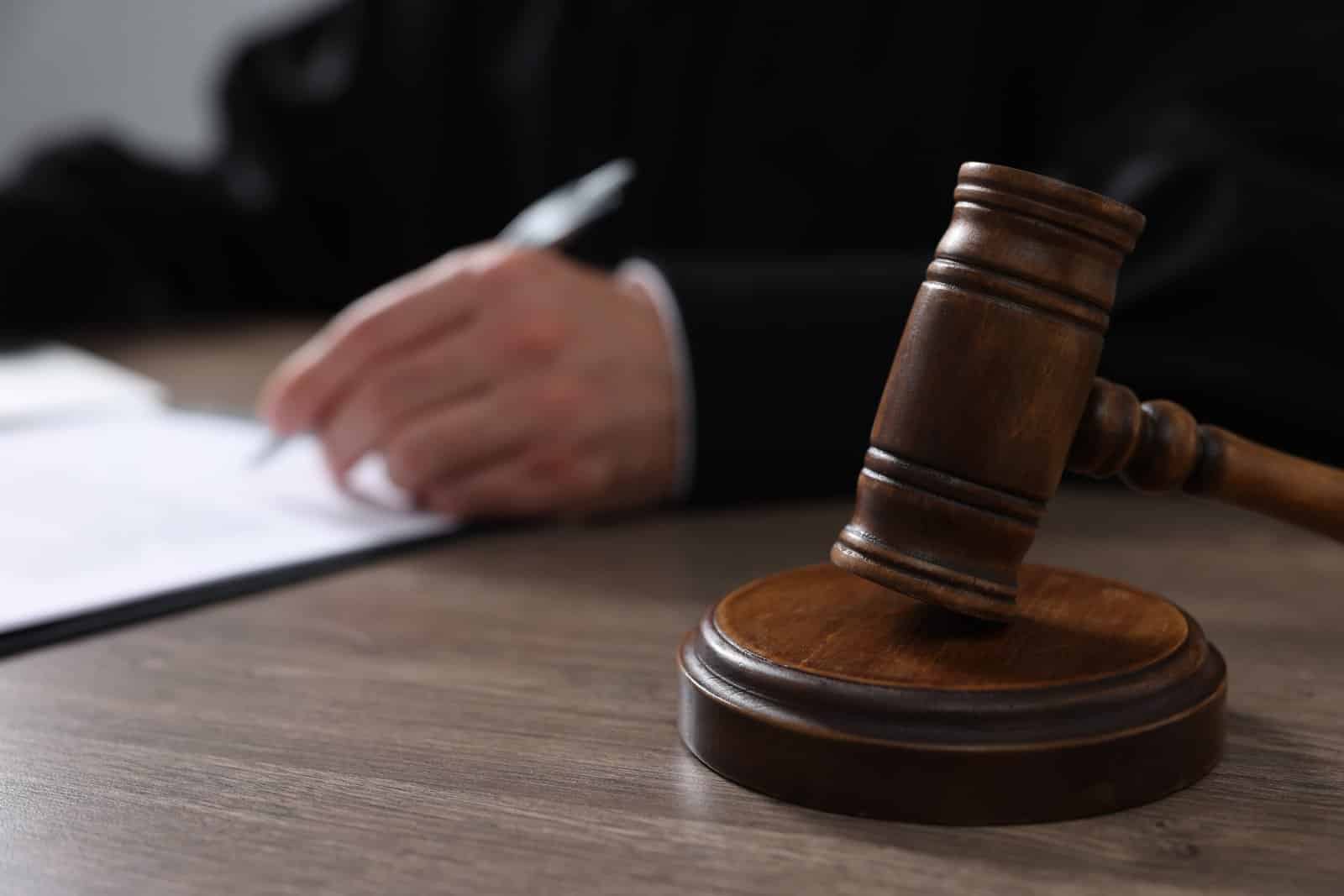
The case that drew the most attention online was that of candidate Mark Matlock, who was standing for Clapham and Brixton Hill. Matlock was accused of being nothing more than an AI-generated image of a basic white guy in a suit. Matlock’s glossy campaign photo and absence from the hustings and the election count further fuelled these rumours.
Real Person Confirmation

However, hilariously, it later turned out that Matlock was a real person who, due to suffering from pneumonia, could not attend the election count.
Matlock Confirms Identity
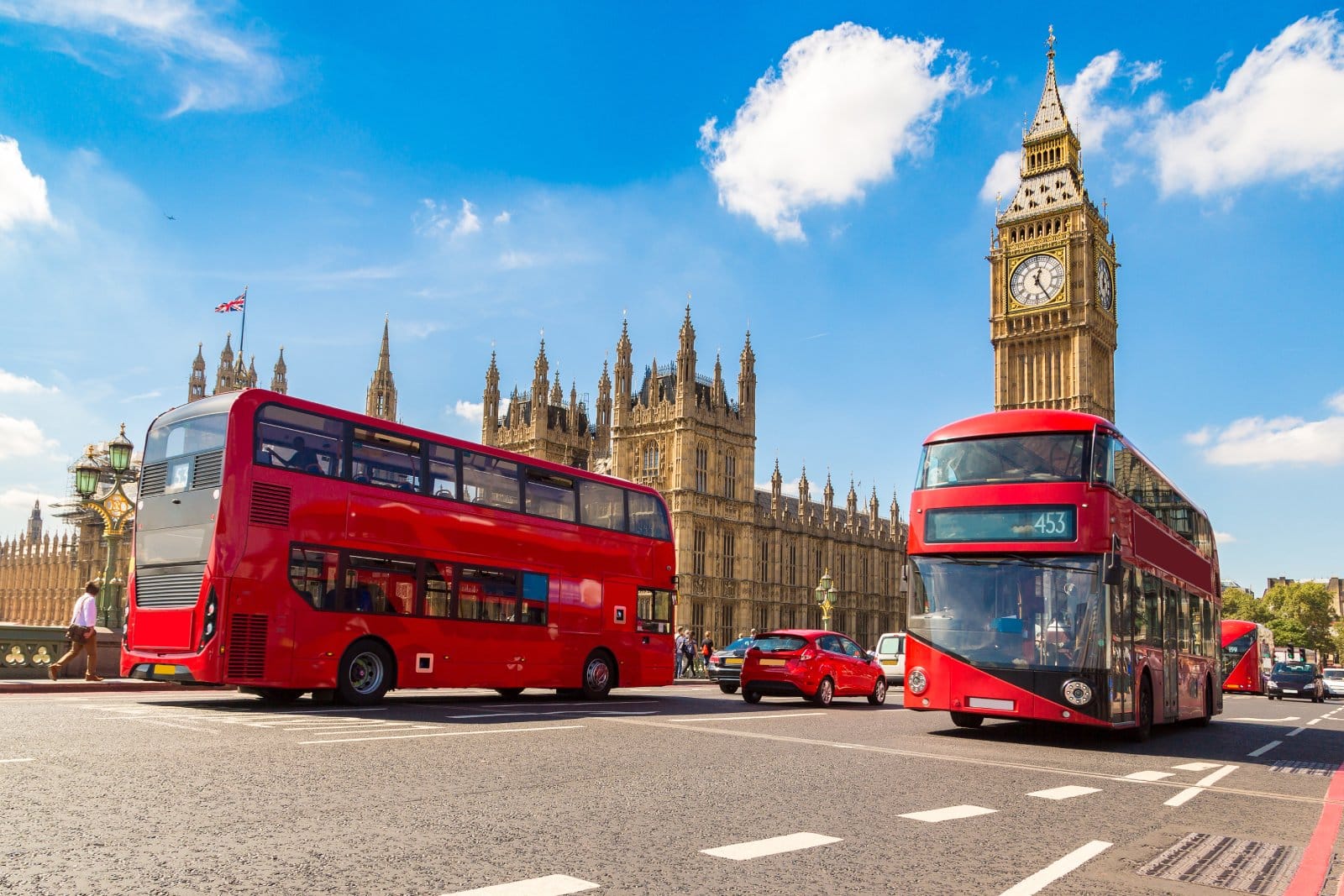
In what might be the first time in British history that a candidate has had to confirm that he is a real person and not an AI, Matlock confirmed his identity to the Independent newspaper, stating, “I am a real person and that is me in the photo. Though I must admit I am enjoying the free publicity and when I feel up to it I will put out a video and prove these rumours that I’m a robot are absolute baloney.”
Illness Prevented Attendance

He added, “I got pneumonia three days before election night. I was exercising, taking vitamins so I could attend but it was just not viable. On election night I couldn’t even stand.”
Campaign Efforts Despite Illness
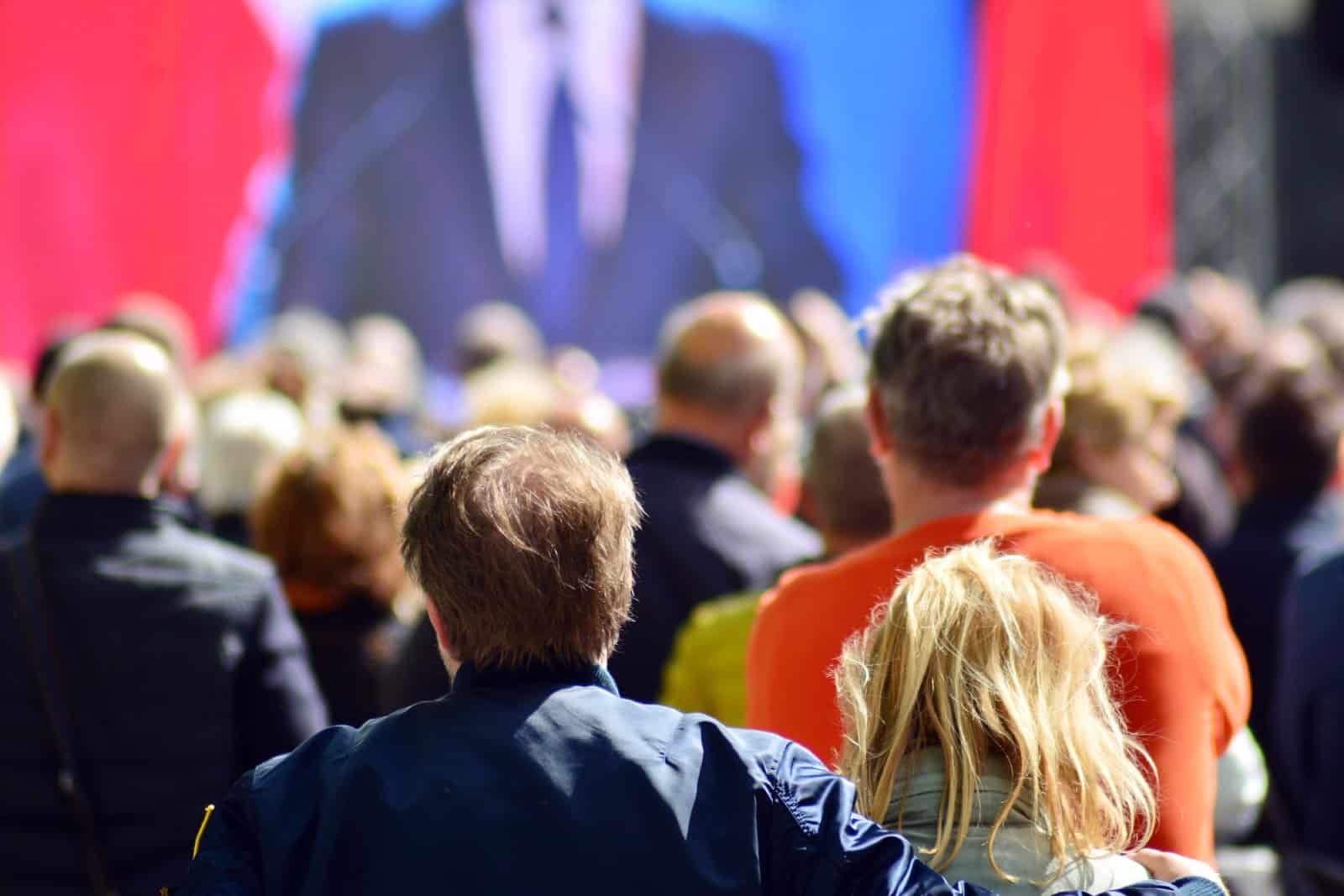
Despite his illness, Matlock claimed to have engaged in campaign efforts, including a leaflet drop and appearing outside tube stations when possible.
Funny Side of Resemblance

Addressing the uncanny resemblance his photo had to AI-generated photos, Matlock could see the affair’s funny side. He stated, “I just laughed when I saw it. I think it perked me up. I thought, ‘I need to get back out there!’ This is doing more good for me than my campaign – it’s fantastic.”
Website Pledge Controversy

Further fuelling rumours that he might not be a real person, one of the pledges on his website referenced how “we should manage the transfer of human jobs to AI responsibly.” Though Matlock later admitted that some Photoshop was used on his photo to change the colour of his tie, he explained that he could not take a candidate photo due to his illness and reused an old photo.
Mixed Election Performance
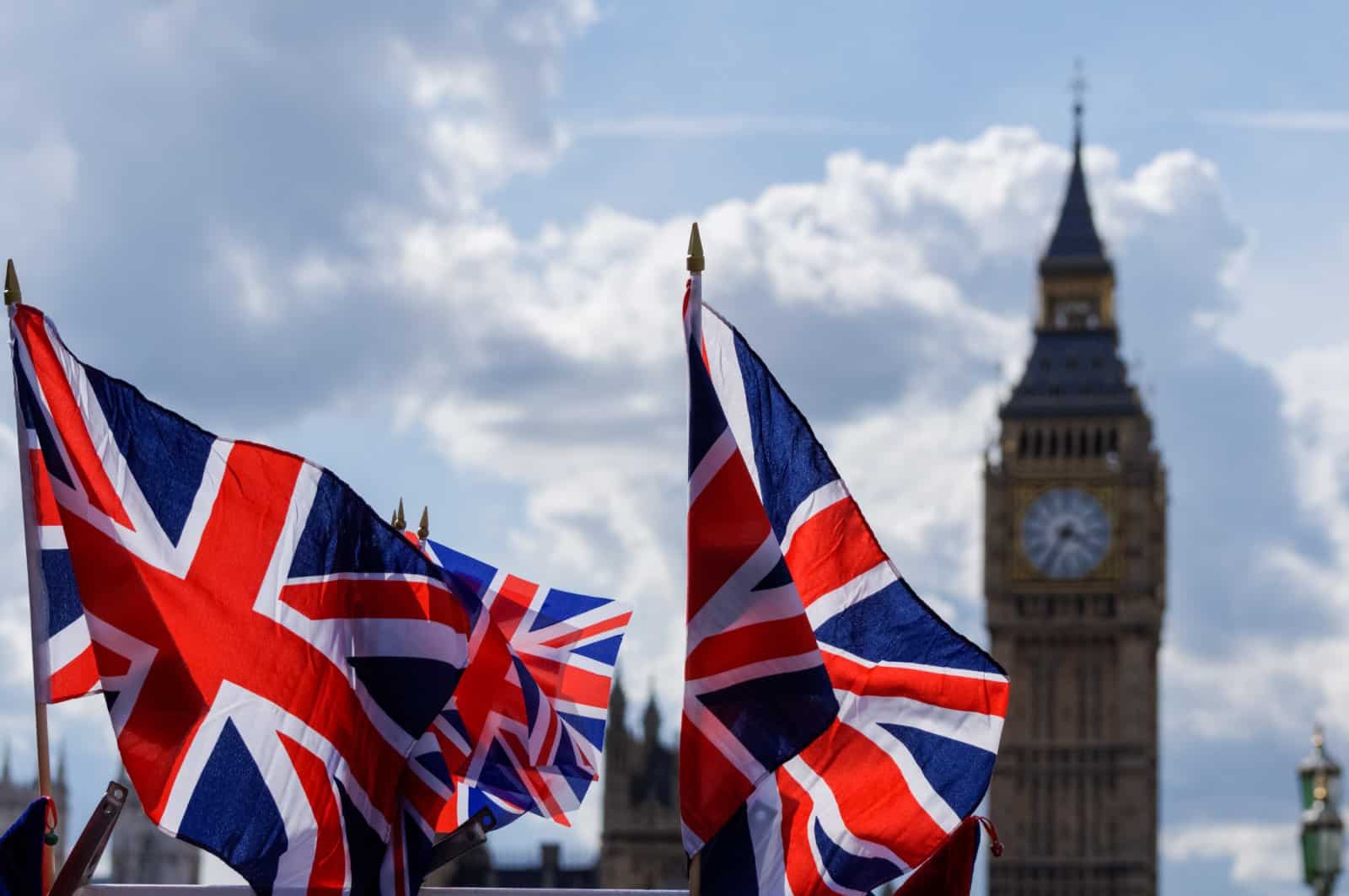
Reform UK’s performance in the election, securing 4 million votes but only five seats, was mixed. The party’s ability to field candidates quickly, even if some were merely paper candidates, contributed to its vote share.
Integrity and Transparency Questions
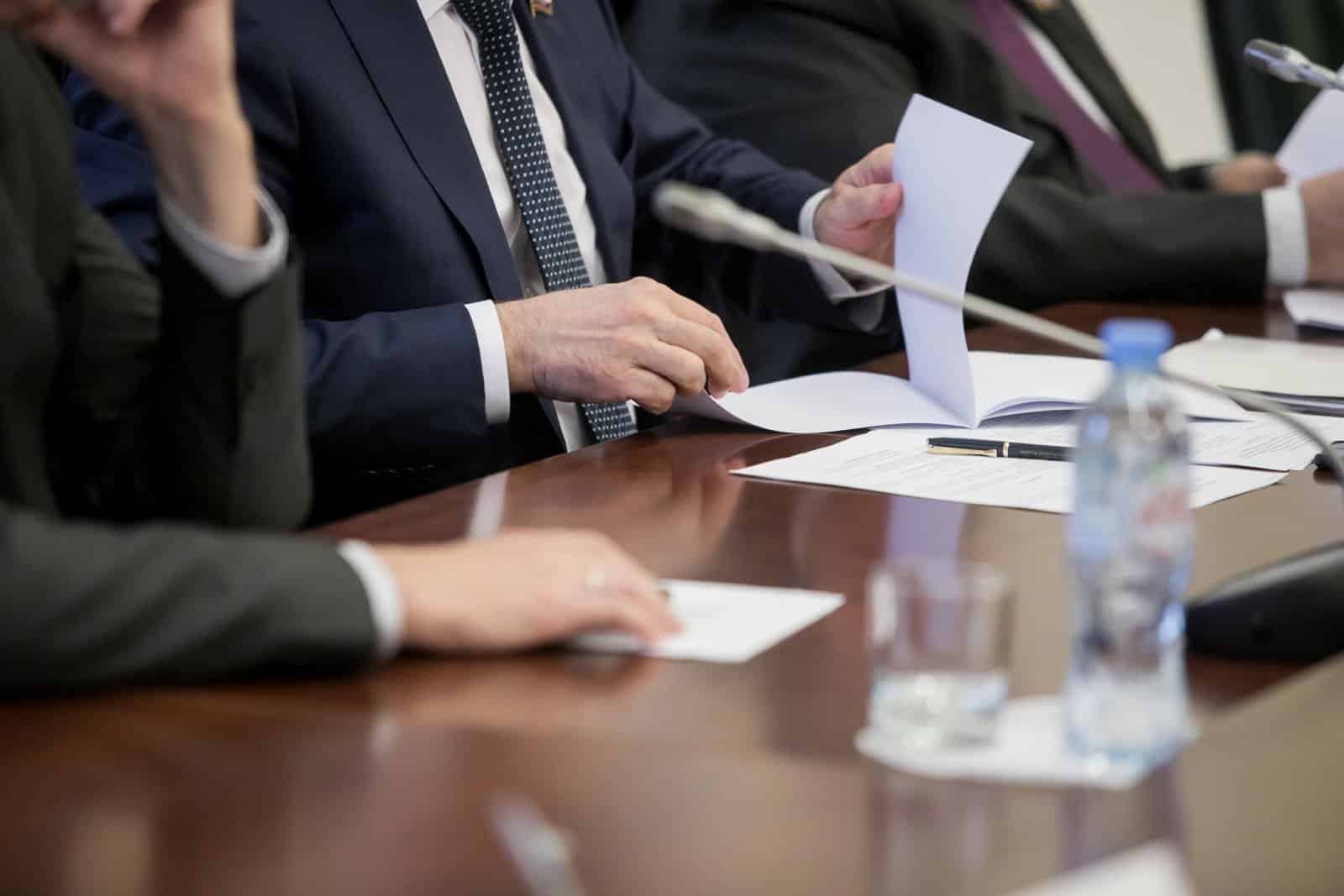
However, the controversy surrounding candidate authenticity questions electoral integrity and transparency. Moving forward, the party faces the challenge of maintaining public trust and demonstrating the legitimacy of all its representatives, especially as investigations into whether they are real people continue.
Future Scrutiny

As Reform UK’s candidates come under more scrutiny, whether more AI imposters will be found remains to be seen.
Featured Image Credit: Shutterstock / Sean Aidan Calderbank.

